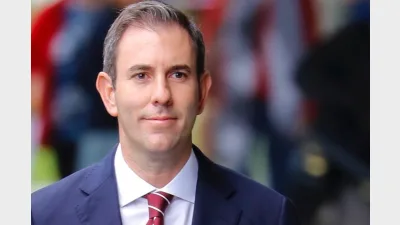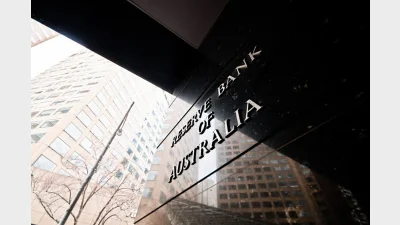More fund mergers to come says Rice Warner



Actuarial consultancy and research house Rice Warner has pointed to the likelihood of further superannuation fund mergers.
In an analysis published this month, the company has pointed to recent merger activity and the likelihood of further moves based on the number of not for profit funds with less than $2 billion in funds under management (FUM).
It pointed to the mergers of Kinetic into Sunsuper, Rio Tinto Staff Super into Equipsuper, the sale of the ANZ superannuation business to IOOF, the merging of Tasplan with the Tasmanian RBF Accumulation Scheme and the AON Master Trust merger with Equity Trustees.
“Yet, we still have a long way to go,” the Rice Warner analysis said and pointed to its research which had revealed that there were 79 not-for-profit funds with less than $2 billion.
“This is the same cash flow that AustralianSuper receives every 4 months,” it said. “Below that level, funds have higher operational costs and much thinner resources. These funds will not be viable in future so they need a growth strategy.”
The Rice Warner analysis said that, as a consequence, the industry could expect the same reduction in funds (60 per cent) in this decade.
“That will still give us 55 not for profit funds and a smaller number of retail funds,” it said. “In the latter case, the number of funds is partly a reflection of legacy products and we can expect that many will merge under the same corporate trustee.”
“This will provide a vibrant market with plenty of choice,” the analysis said.
Recommended for you
The major changes to the proposed $3 million super tax legislation have been welcomed across the superannuation industry.
In holding the cash rate steady in September, the RBA has judged that policy remains restrictive even as housing and credit growth gather pace.
A new report warns super funds must rethink retirement readiness as older Australians use super savings to pay off housing debt.
An Australian superannuation delegation will visit the UK this month to explore investment opportunities and support local economic growth, job creation, and long-term investment.









